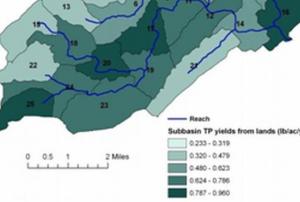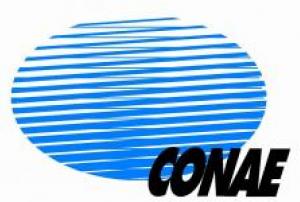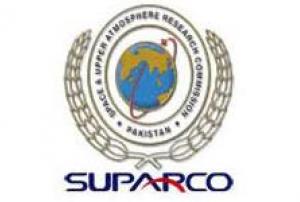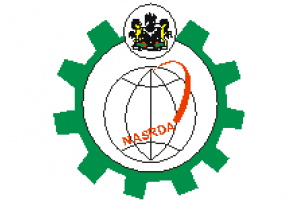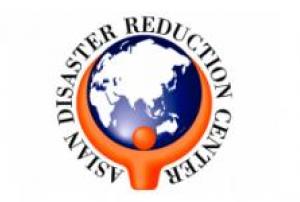Drought
Definition
Facts and figures
Further information
UN-SPIDER Regional Support Offices with hazard-specific expertise
Related content on the Knowledge Portal
The Space and Upper Atmosphere Research Commission (SUPARCO) of Pakistan and the United Nations Office of Outer space Affairs (UNOOSA) signed the cooperation agreement on the establishment of a UN-SPIDER Regional Support Office (RSO) on the occasion of the 47th Scientific and Technical Subcommittee sessions on 12 February 2010.
SUPARCO, the national space agency, was established in 1961 as a Committee and was granted the status of a Commission in 1981. SUPARCO is mandated to conduct R&D in space science, space technology, and their peaceful applications in the country. It works towards developing indigenous capabilities in space technology and promoting space applications for socio-economic uplift of the country.
Address:
Pakistan Space and Upper Atmosphere Research Commission (SUPARCO)
Islamabad Highway,
Islamabad-44000 PakistanMission/Objective:
To provide fast…
read moreThe Asia Disaster Reduction Center (ADRC) and the United Nations Office of Outer Space Affairs (UNOOSA) signed the cooperation agreement on establishment of the ADRC UN-SPIDER Regional Support Office (RSO) on the occasion of the 52nd session of the Committee on the Peaceful Uses of Outer Space (COPUOS) on 4th June 2009.
Status Update: 7 September 2011 (14:00 CEST)
UNOOSA/UN-SPIDER
Email: un-spider [at] unoosa.org
Link: http://www.un-spider.org
Page content:
read moreRecent drought events in the United States and the magnitude of drought losses indicate the continuing vulnerability of the country to drought. Until recently, drought management in many states, including Nebraska, has been largely response oriented with little or no attention to mitigation and preparedness. In 1998, Nebraska began to revise its drought plan in order to place more emphasis on mitigation. One of the main aspects of drought mitigation and planning is the assessment of who and what is vulnerable and why. This paper presents a method for spatial, Geographic Information Systems-based assessment of agricultural drought vulnerability in Nebraska. It was hypothesized that the key biophysical and social factors that define agricultural drought vulnerability were climate, soils, land use, and access to irrigation. The framework for derivation of an agricultural drought vulnerability map was created through development of a numerical weighting scheme to evaluate…
read more

